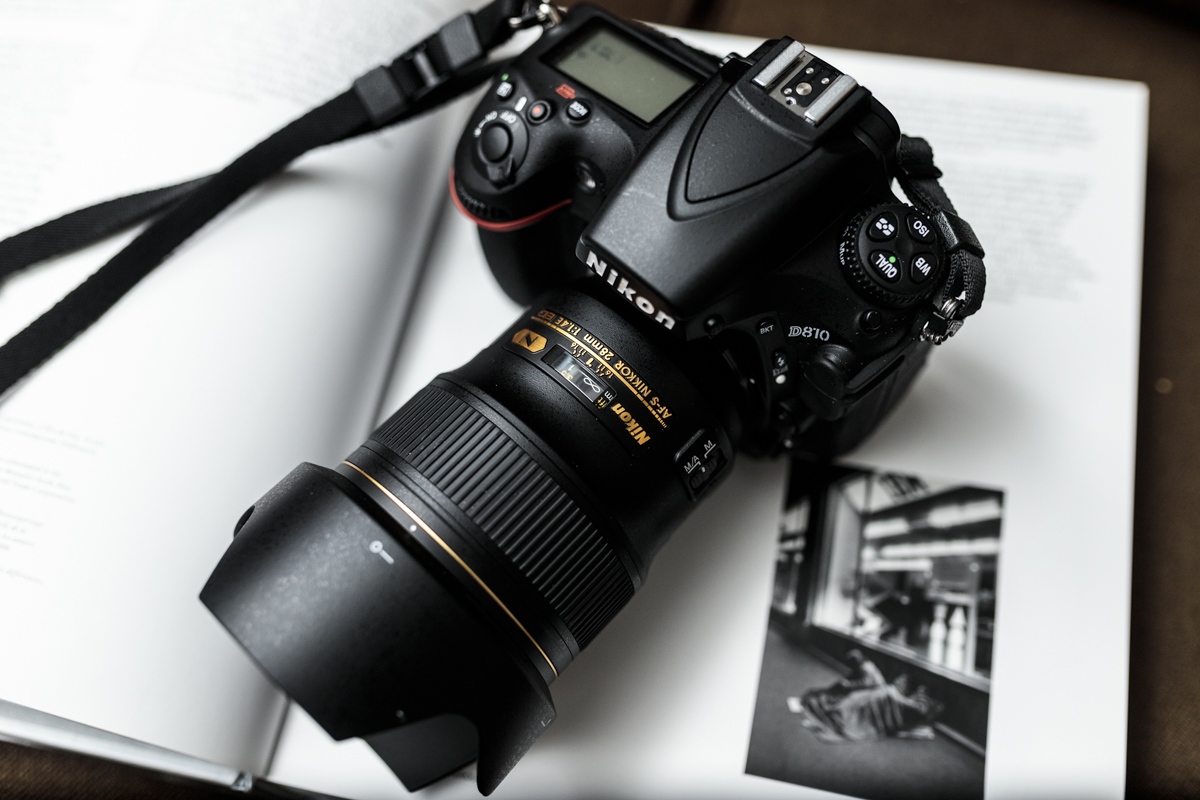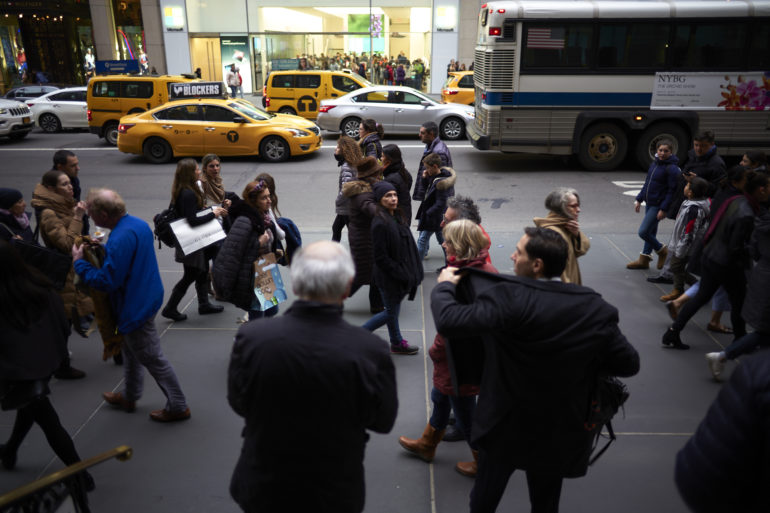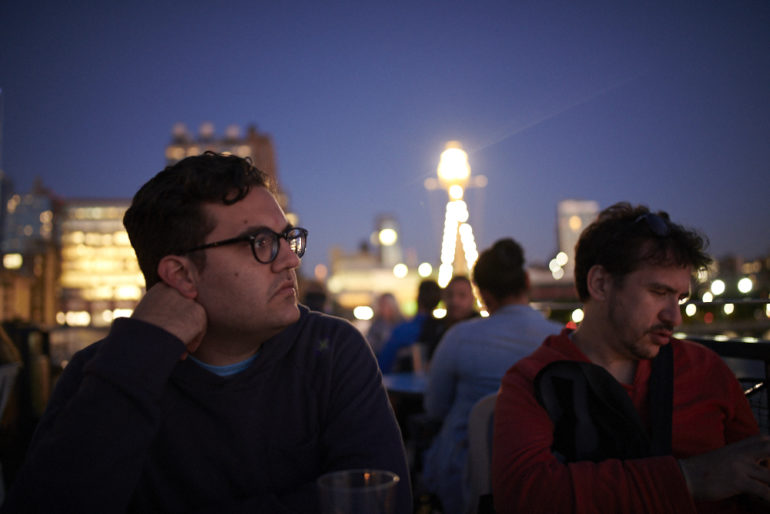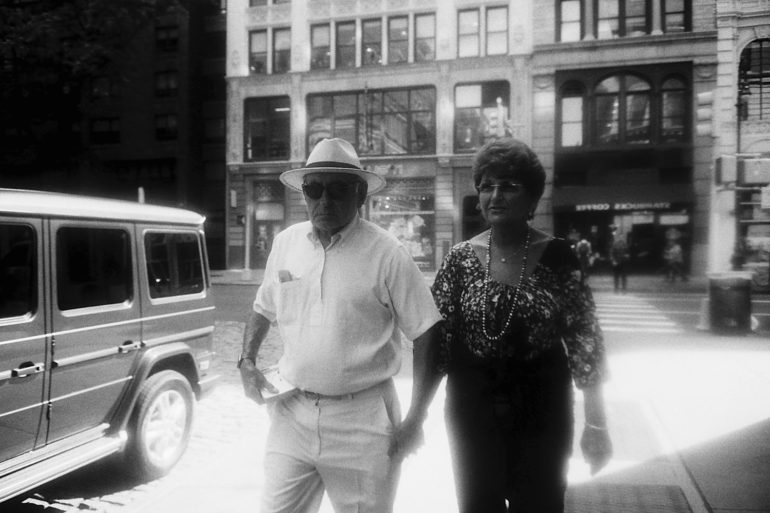Last Updated on 05/22/2018 by Mark Beckenbach
I’ve always loved the 35mm lens, but the 28mm looks like a fine alternative
It was the Sony 28mm f2 FE lens that first seriously introduced me to 28mm lenses, but it was the Nikon 28mm f1.4 that made me really fall in love and the Leica 28mm f1.4 that solidified that even further. As a 35mm lens user, it was always nice to be able to look to a scene, put the camera to my face, and shoot a scene that I saw exactly the way I saw it. But when moving around and walking, I’ve learned how to think in 28mm. You know what I’m talking about — you see a scene and you have a vision and somehow or another you know exactly what you’ll be getting from it with the lens and equipment you have. I’ve learned how to use it for anything from landscapes, street photography and even wider portraits. Though I’m still a 35mm man at heart, I can easily switch off when needed.
You may have noticed that I immediately named three fantastic 28mm lenses. These lenses have some of the latest technology in them that help to make them so good — but they’re more or less used in different ways. For the Sony, you’re using it to get more candid moments in most lighting situations. With the Nikon 28mm f1.4, I’d say it’s almost a crime to stop the lens down due to how gorgeous the bokeh and the 3D effect are. And with the Leica, you’re training your mind to predict what’s going to happen in front of you with zone focusing. What this results in are times when you’re on the streets and focused to five feet away and realize that somehow or another you’ve got all that you absolutely need in focus. That’s difficult to get with 50mm and 35mm at the same aperture and the same distance. But 28mm does it to a satisfactory degree.
To expand on the use of the 28mm, you should first and foremost know this article is really targeted to 35mm lens users. It’s different here though — when you look to a scene with 35mm lenses on your cameras, you generally know exactly what you’re getting. With 28mm though, you need to learn. It takes a fair amount of moving back and forth and eventually you begin to feel it; it becomes second nature. You could say this for any lens of course, but 28mm is so close to 35mm that you’ll see the difference quicker. You may even tend to prefer 28mm for certain situations. It’s my preferred focal length now for street photography over 35mm.
With a 28mm, you’ll see that the options available these days offer photographers lots of great versatility. They can create fantastic candid portraits as long as you’re giving your subject adequate distance. That distance means that your frame is typically around half of their body or even more in the scene. If you shoot on the streets with a 50mm, you’ll realize even more that 50mm is just what you tend to focus on in your vision — and that your periphery is more like 35mm. 28mm give you more room in the overall frame of vision in the same way that a rangefinder will let you see what moves in and out of the frame.
So will I change to 28mm for everything? No. 35mm is still what the human eye sees and how it often thinks. But 28mm is fantastic for a variety of situations and a number of moments where you’re trying to cram a whole lot of information into a single frame.





